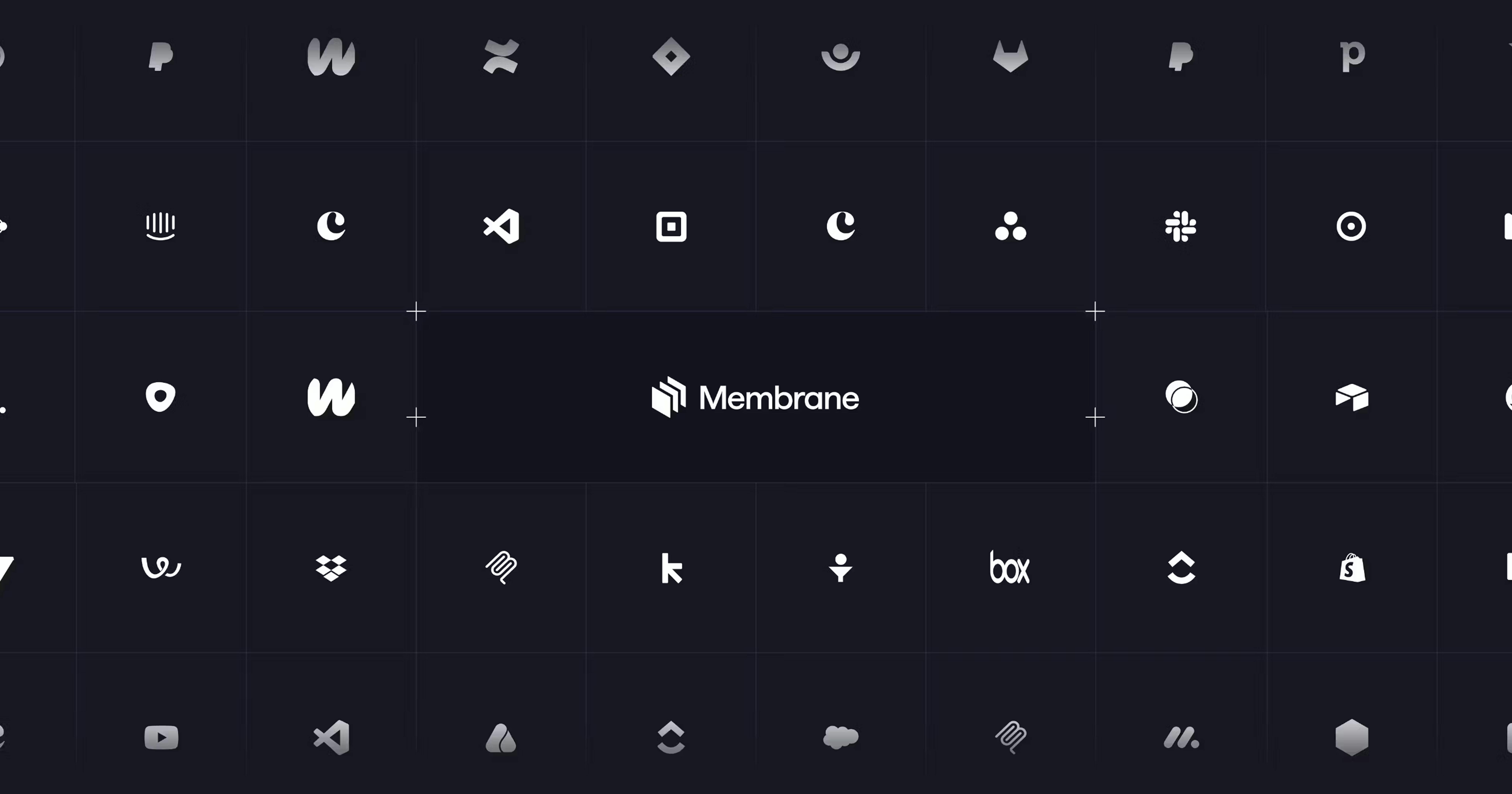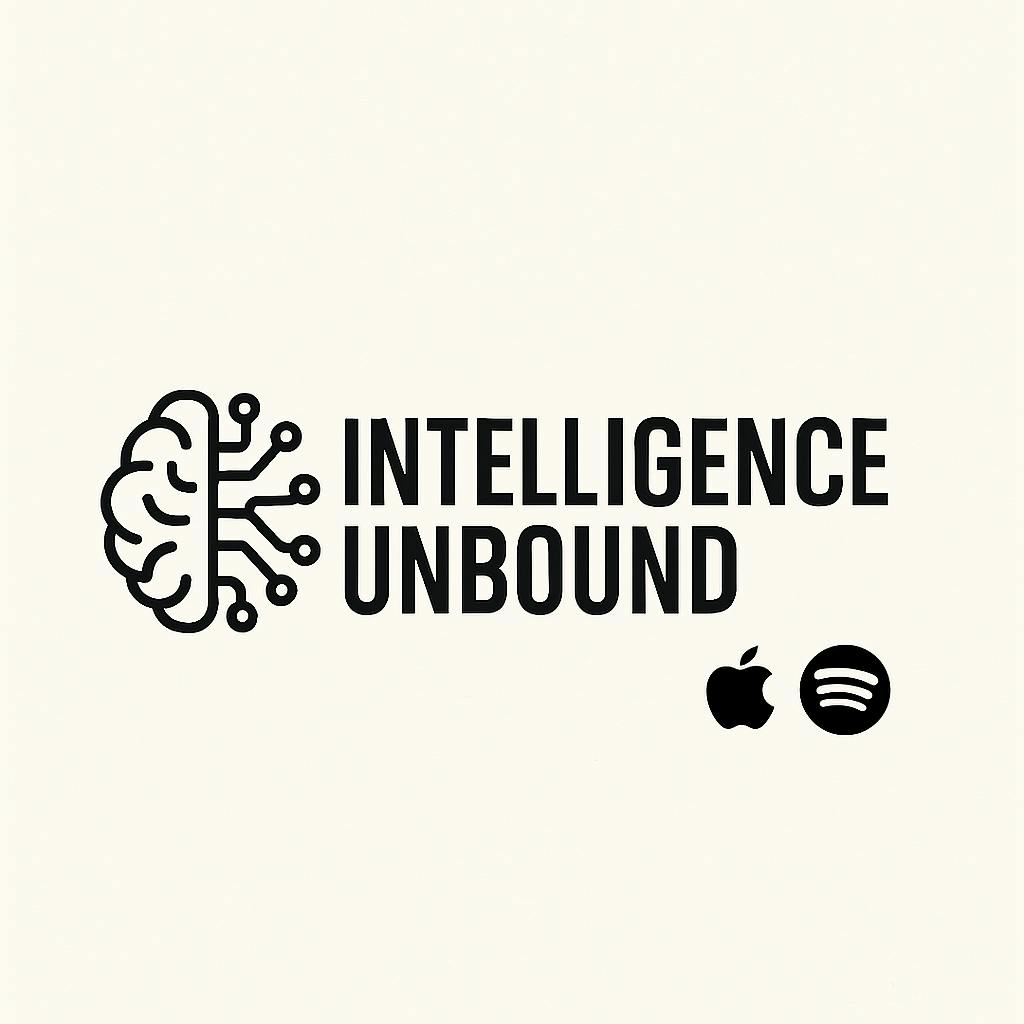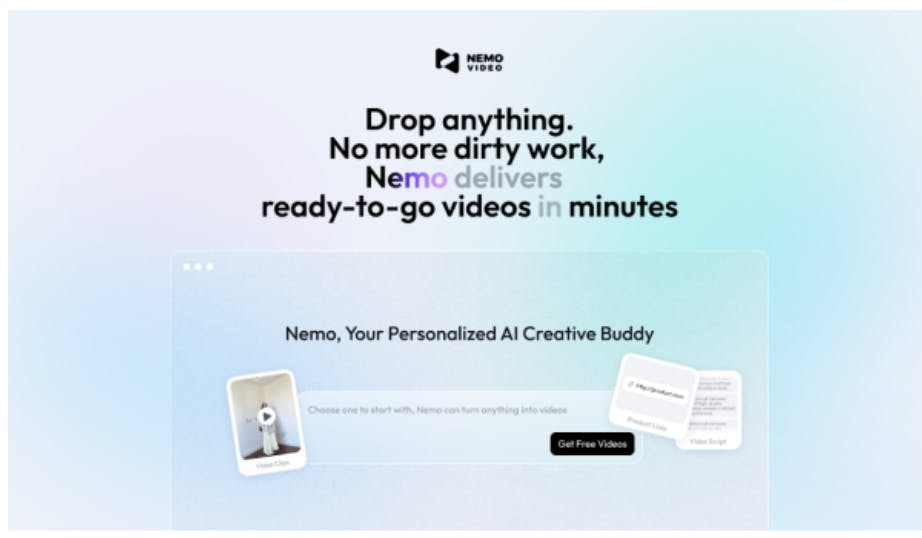Here’s a strange paradox: AI coding agents can now scaffold UIs, call APIs, and generate data models in seconds.
But when it comes to building production-grade product integrations, they consistently under-deliver.
Claude Code can scaffold a React dashboard. Cursor can generate a backend with authentication. Lovable can design an entire user interface from a prompt. These tools have fundamentally changed how we build software.
Except for one stubborn problem: product integrations.
Ask any AI agent to “build a Slack integration” and you’ll get code. Clean code. Code that compiles.
Code that looks like it would work.
But deploy it to production—where customers use different Slack workspace tiers, where rate limits vary by plan, where webhook signatures change format, where OAuth tokens expire unpredictably—and everything breaks.
This isn’t an AI problem. It’s an infrastructure problem.
For the past decade, we’ve tried addressing integrations with iPaaS platforms, unified APIs, and low-code builders. Each promised to make integrations easy. Each failed when customers needed anything beyond surface-level connectivity.
Now, AI promises to democratize integration building like never before!
And it will—but only if we give it the proper foundation to build on.
But Why Does AI struggle with integrations?
Building integrations isn’t just about calling an API. Real product integrations are complex, full of edge cases, and require deep knowledge that AI agents simply don’t have.
There Are Three Fundamental problems:
- AI is optimized for Simplicity over Complexity.
Real-world integrations are complex: authentication flows, error handling, rate limits, custom fields, etc. It is hard for AI to solve for all the necessary edge cases.
AI can build simple integrations that work in perfect scenarios, but it can’t reliably handle the complexity needed for production use.
- AI Agents Make Do with Insufficient Context
Like most junior devs, AI agents work with incomplete or outdated API documentation. They lack real-world experience with how integrations actually behave in production – the quirks, limitations, and nuances that only come from building hundreds of integrations across different apps.
- Missing feedback loop for AI Agents
AI doesn’t have robust tools at its disposal to properly test integrations. Without a way to validate, debug, and iterate on integration logic, AI-generated code remains brittle and unreliable for production use.
Testing integrations is not the same as testing your application code because it involves external systems that are hard or impossible to mock.
The result? AI can produce code that looks right, but won’t actually work in many cases when your users connect their real-world accounts.
The Solution: framework + context + infrastructure
To build production-grade integrations with AI, you need three things:
1. A framework that breaks down complexity
Instead of asking AI to handle everything at once, split integrations into manageable building blocks – connectors, actions, flows, and schemas that AI can reliably generate and compose.
2. Rich context about real-world integrations
AI needs more than API documentation. It needs knowledge about how integrations actually behave in production: common edge cases, API quirks, best practices, and field mappings that work across different customer setups.
3. Infrastructure for testing and maintenance
You need tools that let AI test integrations against real external systems, iterate on failures, and automatically maintain integrations as external APIs evolve.
With these three components, AI can reliably build production-grade integrations that actually work.
How Membrane implements this solution
Membrane is specifically designed to build and maintain product integrations. It provides exactly what AI agents need:
- Modular building blocks that decompose integration complexity into pieces AI can handle (see Membrane Framework)
- Specialized AI coding agent trained to build integrations (Membrane Agent)
- Proprietary operational knowledge from thousands of real-world integrations that run through Membrane.
- Tools and infrastructure for testing and validating integrations that work with live external systems.
:::tip
Want to see the agent in action? Follow the link to give it a try.
:::
How it works
Imagine you’re building a new integration for your product from scratch – connecting to an external app to sync data, trigger actions, or enable workflows.
Step 1: Describe what you want to build
Tell an AI agent what integration you need in natural language:
“Create an integration that does [use case] with [External App].”
The AI agent understands your intent and begins building a complete integration package that includes:
- Connectors for the target app.
- Managed authentication.
- Elements that implement the integration logic – tested against live external system.
- API and SDK for adding the resulting integration into your app.
Step 2: Test and validate the integration
In the previous step, the agent does its best to both build and test the integration.
You can review the results of its tests and, optionally, run additional tests of your own using the UI or the API.

If you find issues, you ask the agent to fix them.
It’s that simple!
Step 3: Add to your app
Now plug the integration into your product using the method that works best for you.

- API – Make direct HTTP calls to execute integration actions
- SDK – Use a native SDK in your backend code
- MCP – Expose integration context to AI coding agents
- AI agents – Connect tools like Claude Code, Cursor, or Windsurf to Membrane and ask them to implement changes in your product.
The Result
You described what you wanted once. AI did the rest.
The final integration:
- Enables users to connect external apps with secure, production-grade auth
- Executes your integration logic through tested, reusable actions
- Runs on a reliable, stable integration infrastructure, powered by AI
Why is Membrane better than general-purpose AI coding agents?
| Challenge | General-purpose AI Agents | Membrane |
|—-|—-|—-|
| Complexity | Builds the whole integration at once: can implement “best case” logic, but struggles with more complex use cases. | Modular building blocks allow properly testing each piece of integration before assembling it together. |
| Context | Has access to limited subset of public API docs | Specialises in researching public API docs + has access to proprietary context under the hood. |
| Testing | Limited to standard code testing tools that are not adequate for testing integrations | Uses testing framework and infrastructure purpose-built for product integrations. |
| Maintenance | Doesn’t do maintenance until you specifically ask it to do something. | Every integration comes with built-in testing, observability, and maintenance. |
The bigger picture
AI coding agents are transforming how we build software, but they need the right foundation to build production-grade integrations.
When you combine AI with proper infrastructure – context about real-world integrations, modular building blocks, and testing tools – you unlock a complete development loop:
Describe your integration needs to the agent → Watch AI build the integrations with the necessary components → Deploy production-ready packages in your environment
This is what becomes possible when AI has the right tools to work with.
Start building production-grade integrations with AI.
👉 Try Membrane
📘 Read the Docs









